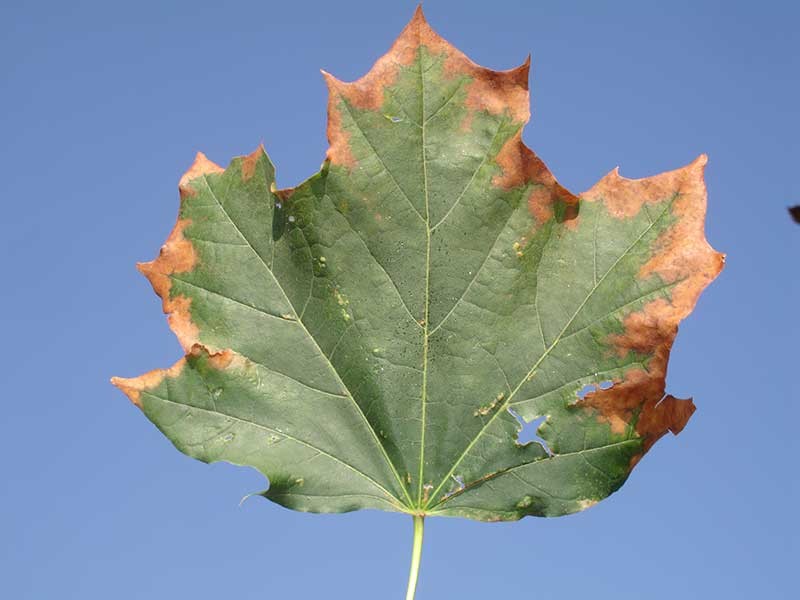hackberry tree leaves turning brown
The leaves are turning brown and are falling down a lot in the last weekThe leaves have the whitish wart-like bumps on the underside and they also have black tiny dots covering the leaf. The fall leaves pigment is susceptible to sunlight.
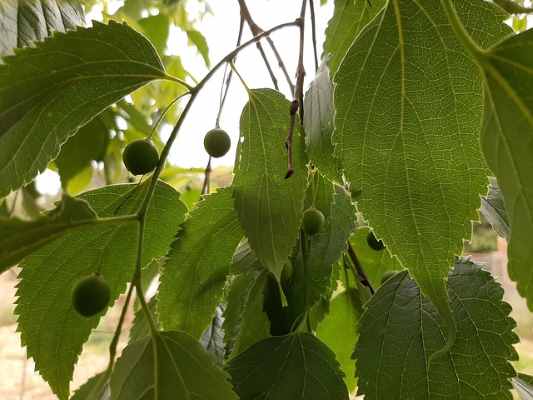
Hackberry Trees Celtis Common Types Leaves Bark Fruit Pictures Identification
The Common Hackberry is botanically called Celtis occidentalis.
. The tree likes Sun to half-shade at the location and the soil should be sandy to loamy tolerates dryness. Summary from Wikipedia 15. The wood is light yellow heavy soft coarse grained and not strong.
It has branches that grow close to the ground and it has leaves. It has branches that grow close to the ground and it has leaves that are shaped like hearts. Raised cushion-like bumps on affected branches may be cream to orange or red turn black with age.
There are yellow discolorations on upper leaf surface above the nipple galls. While the galls cause no permanent damage they cause trees to begin. This tree is home to many insects and diseases which will put your family at risk.
The hackberry tree is a deciduous tree that grows in North America. WKRN If you have hackberry trees in your yard you might have noticed a black sticky substance coating your car and other objects. Leaves are generally smaller than the other two hackberries and have few teeth.
Another key feature of the hackberry is its bark -- the young bark is smooth and light greyish-brown in colour and matures into a darker greyish-brown colour with corky irregular ridges and a warty texture. The leaves will stay on the ground for about 2 weeks before decomposing into nutrients for other plants to use. While leaves changing color in the fall are dying they are not dead.
The hackberry tree can grow up to 20 meters tall and its bark is light brown in color. Adults are light brown with flecks of creamish-white and look like miniature cicadas. The hackberry tree is a weedy messy tree that youll want to refrain from planting in your yard.
Or wilting soon after leaves emerge in spring. Why are my trees leaves turning brown in late summer. Sep 20 2016 0328 PM CDT.
It is a cork like bark light brown or silvery gray smooth for the most part but often with rough wart like protuberances. This heat-loving and sun-loving tree grows between 20 and 30 ft. Occurs in rocky open woods dolomite glades and along bluffs.
Youll recognize the hackberry from a distance by its light gray warty bark on massive trunks. My Hackberry tree appears to have 2 diseases going on. Hackberry nipple gallPachypsylla celtidismamma.
The leaves are about 2 to 4 inches long and at full growth are bright green rough above and paler green beneath. There are tiny black winged bugs with tinier babies all over the inside of the leaf. Also known as American hackberry common hackberry Celtis occidentalis is a fast-growing member of the elm family.
The symptoms appear to have followed this progression. Circular nipple-like swellings that project from the undersides. 6 10 m high.
Leaves failed to develop normally so the leaves are ragged or uneven in appearance with small irregular strips of. Lace bugs are sap feeding insects commonly found on the leaves of shade and ornamental trees in Iowa. In the past few weeks the Plant Clinic has received several calls about hackberry trees dropping their leaves.
And just like your other. The leaves of the hackberry tree are shaped like hearts and they can be either green or yellow in color. The browning of the hackberry Celtis occidentalis leaves is probably due to lace bugs.
Celtis occidentalis commonly known as the common hackberry is a large deciduous tree native to North America. Fruit is orange to brown or red to about ¼ inch wide. The netleaf hackberry is a small deciduous tree with brownish-gray bark lance-shaped leaves small clusters of flowers and reddish-brown to purple berries.
Leaves are spotted with areas where the epidermis appears sunken. The small 2 to 6 inch long green stems of new growth fell as well. A disease of deciduous trees in Maryland and Virginia it affects a large number of shade trees.
Other trees in the area including maple and oak have been unaffected. Dead branches and twigs often first observed in early spring when no leaves form. The leaves dried out turned brown and then dropped.
The Tree is a deciduous tree it will be up to 25 m 82 ft high. If falling leaves are well distributed throughout the tree and result in a general thinning of the leaves the problem is not serious. The tree may produce yellow leaves scattered throughout the canopy of the tree all the leaves on a tree may turn yellow and drop or the leaves may turn brown but stick to the branches.
These include elm catalpa hackberry gingko oak sycamore maple mulberry and sweetgum. Potential hackberry growers should also know that a condition known as hackberry nipple gall is among the most common disease to infect these trees -- it will cause both raised bumps on the leaves as well as discoloration. 18th to 316th long.
A cold snap will kill the leaves the same as it will on the leaves of most your other plants. Sunken dark brown area on branch that is often cracked or has a ridge at the edge. It is also known as the nettletree sugarberry beaverwood northern hackberry and American hackberry.
Recently we received two different samples from affected trees. Premature leaf drop can occur during heavy infestations. Trees most commonly affected are hackberry sycamore and oak.
The leaves are ovoid and the flowers are greenish-white. Bacterial Leaf Scorch Xylella fastidiosa may be to blame. On the other hand small galls often disfigure hackberry leaves.
It is a moderately long-lived hardwood with a light-colored wood yellowish gray to light brown with yellow streaks. Adult lace bugs have attractive wings that are beautifully sculptured with an intricate pattern of veins resembling. The hackberry trees leaves change color in the fall turning yellow before falling off of the tree.
The hackberry tree is a deciduous tree that grows in North America. Dwarf hackberry is a shrub to small tree up to 24 feet tall often somewhat scraggly with some corky projections on the bark.
Common Hackberry Celtis Occidentalis
Celtis Occidentalis Hackberry Minnesota Wildflowers
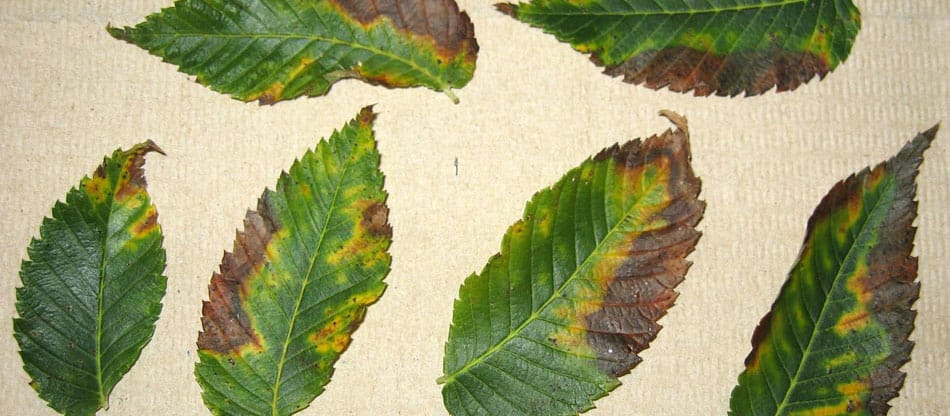
Brown Dying Or Scorched Tree Leaves Bacterial Leaf Scorch Faqs Organic Plant Care Llc Flemington Nj

Northern Hackberry Real Paleo Food Four Season Foraging
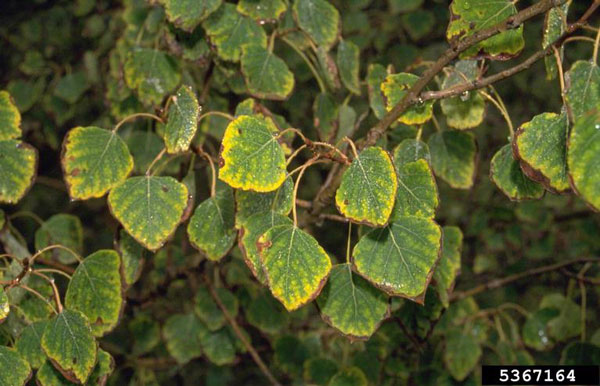
What S Wrong With My Plant Garden University Of Minnesota Extension

What S Wrong With My Plant Garden University Of Minnesota Extension
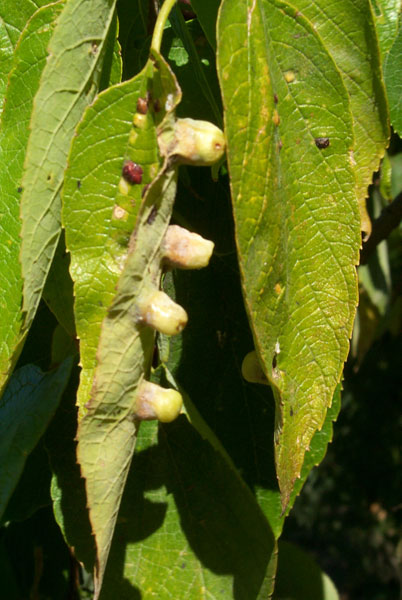
What S Wrong With My Plant Garden University Of Minnesota Extension
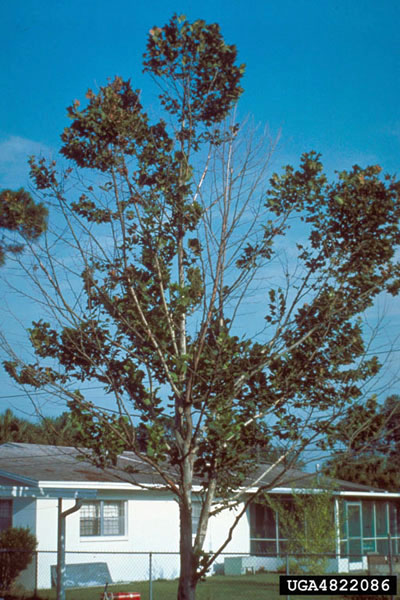
What S Wrong With My Plant Garden University Of Minnesota Extension
